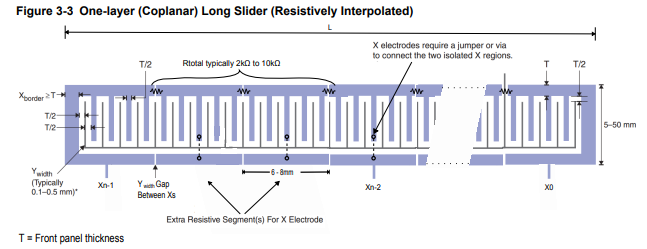The best solution in my opinion is one which does not have moving parts or sensors that depend on what the user does with the straw. Even if they drink room temperature vodka with it, it should work correctly. This rules out temperature, color, pressure, and many other methods. Two thoughts:
Fully encased microphone (Diffifculty: parsing signal)
If the microphone is fully encased in the straw material alongside the electronics, it should be fully washable, and would only really "hear" or focus on conducted sound waves. I imagine that there would be a sound signature for the user's lips touching the tip of the straw, and then sucking would produce a slight vibratio/sound which may be picked up. To try this method, tape the headphones of any earbuds to a straw, connect to your computer and using software like Audacity record and try to analyze any interesting trends in sound. I dont think this problem is fundimentally different to the clap on/off switches, you just need to detect some predefined pattern.
Capacitive (Difficulty: liquid viscocity)
You can get really creative with a capacitive solution. Lets look at two things you can do. 1- Capacitive slider, as seen below (I think geometry one works better for this usecase)
 Source: http://ww1.microchip.com/downloads/en/AppNotes/Atmel-42479-Capacitive-Touch-Long-Slider-Design-with-PTC_AT11805_ApplicationNote.pdf
Source: http://ww1.microchip.com/downloads/en/AppNotes/Atmel-42479-Capacitive-Touch-Long-Slider-Design-with-PTC_AT11805_ApplicationNote.pdf
 Source: https://www.matrixtsl.com/webshop/capacitive-touch-slider-sensor-module.html
Source: https://www.matrixtsl.com/webshop/capacitive-touch-slider-sensor-module.html
This slider type sensor allows for two things: When the straw is inserted into the drink, some animation can be played. As soon as the liquid level moves up, the capacitance changes (many microcontrollers have ready libraries for this kind of touch sensor which make this easier to implement). Problem: what if the user adds liquid while straw is in the drink? it may be confused with them sucking. If that's something you care about, think about:
2- A capacitive ring on the top of the straw (or both ends if straw is reversible). This allows there to be an "interlock", which only plays the sucking animation if user's lips touch the straw and liquid level rises. Alternatively, a "lossy" approximation of the user sucking is just them placing their lip onto the staw, so you wouldnt need the sliding sensor.
The problem with this method is that the liquid may just stay on the straw's edges after the first use, which may happen for example if they drink a thick milkshake. Even if the resulting layer is thin, I think it will be sufficient for the capacitance sensor to staturate.
What I would probably do is use the microphone alongside with a capacitive sensor for the lips at either end as an interlock. The user will need both capacitive sensors activated before the straw turns on (the bottom one by the drink, the top one by their lips. This allows protection from the straw being needlessly "woken up" by a spoon getting near one sensor while in storage). Even if something like a milkshake keeps the capacitive sensor engaged, the mic will have the final say in turning on the LEDs, and the power expended by keeping the mic for a little while isnt horrible. The capacitive sensor will allow you to keep the straw's MCU in a low power sleep mode, and when activated you can run the mic to process whether the user is sucking.



